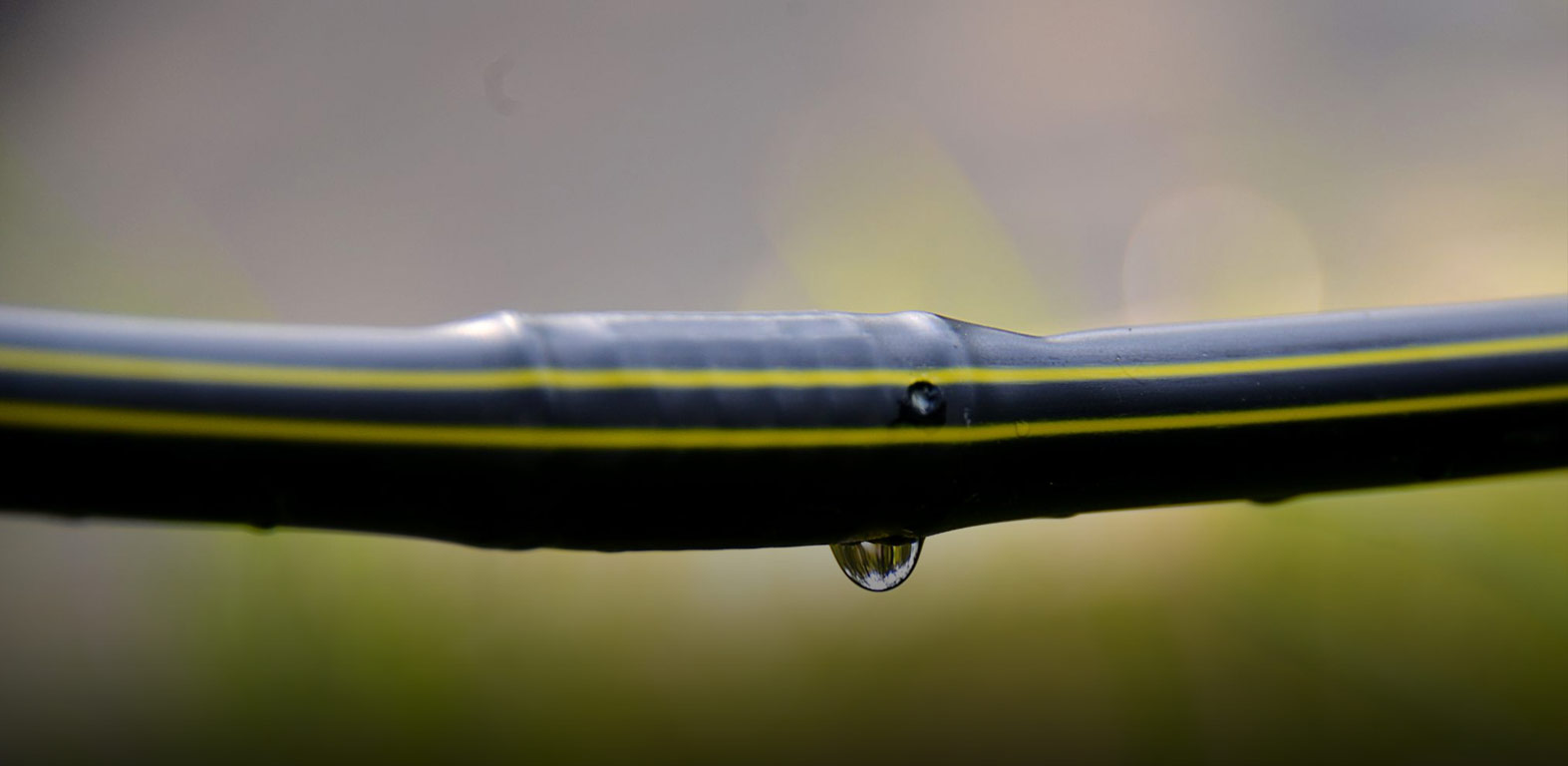Welcome to Jain Irrigation Systems Ltd.

Blog at Jains - Why Jain Irrigation can be a case study
Jain Irrigation is number one in world in drip irrigation, pipe production, tissue culture production; it is number three in world in onion and vegetable dehydration
There are a number of realities that make Jain Irrigation Systems a case study in India’s agriculture sector.
For the sake of this column, it may be relevant to list some that make it an awe-generating company.
In a sector where specialisation on micro-irrigation systems alone would have assured the company of greatness, it extended to Polyvinyl chloride (PVC) and Polyethylene (PE) piping systems, plastic sheets, Green Houses, bio-fertilisers, solar products and food processing.
In a space where it would have been creditable to be number one in the country or South Asia, Jain Irrigation Systems is number one in the world in drip irrigation, pipe production, tissue culture production (banana and pomegranate plantlets) and mango processing; it is number three in the world in onion and vegetable dehydration.
In a business where most companies would have focused on cost-plus pricing and left the farmer to worry about how to manage costs, Jain Irrigation Systems focused on a reduction of the delivered cost of farm solutions instead. Which explains why the company resisted the temptation to increase tissue culture plantlet costs as a result of which prices are still at the same level where they were a decade ago.
In a business where farmers produced diverse crops according to their whimsical standards, Jain Irrigation customised global best farm practices that helped prepare the output of marginal farmers for sale in global markets.
In a business where farmer realisations were often affected by overproduction, Jain Irrigation ventured into food processing (including buyback), not as much to maximise corporate profits as much as to enhance downstream income predictability.
One would think that these compelling realities would have translated into a compelling balance sheet. They did not; in FY14, the company reported an Ebidta (earnings before interest, taxes, depreciation, and amortisation) (consolidated) of Rs 856.20 crore but a PAT (consolidated) of Rs 39.80 crore. Evidently, the company paid Rs 457 crore as finance cost; interest cover was a modest 1.87 and debt-equity ratio an uncomfortable 1.87.
Evidently, state governments who are expected to pay the company a subsidy against sale are inevitably late, which makes it imperative for Jain Irrigation to borrow and bridge.
I would have said why waste time with a non-mover had it not been for two realities. One, the company has selected to moderate its exposure to three states notorious for late payments. Two (and more radically), the company set up an non-banking financial company (NBFC) to fund the subsidy provided by governments to farmers for the purchase of micro-irrigation systems; it entered into a tie-up with two pan-Indian banks for financing MIS purchases. Result: receivables are likely to be liquidated faster.
Thanks to what many might see as an unrelated diversification (NBFC), what has not happened for more than a quarter of a century at Jain Irrigation is expected to gradually emerge: Receivables for the MIS business declined from 369 days of turnover in 2011-12 to 243 days in June 2014; the proportion of cash-and-carry in the retail segment of the MIS business is estimated at about 70 per cent currently; working capital debt will be progressively moderated; the company could actually become cash-rich.
For years, the experts insisted the key to a superior market capitalisation resided in the quality of micro-irrigation technology.
It might take just a handful of individuals with probably no knowledge of agriculture to make the biggest difference.
The author is a stock market writer, tracking corporate earnings and investor psychology to gauge where markets are not headed


